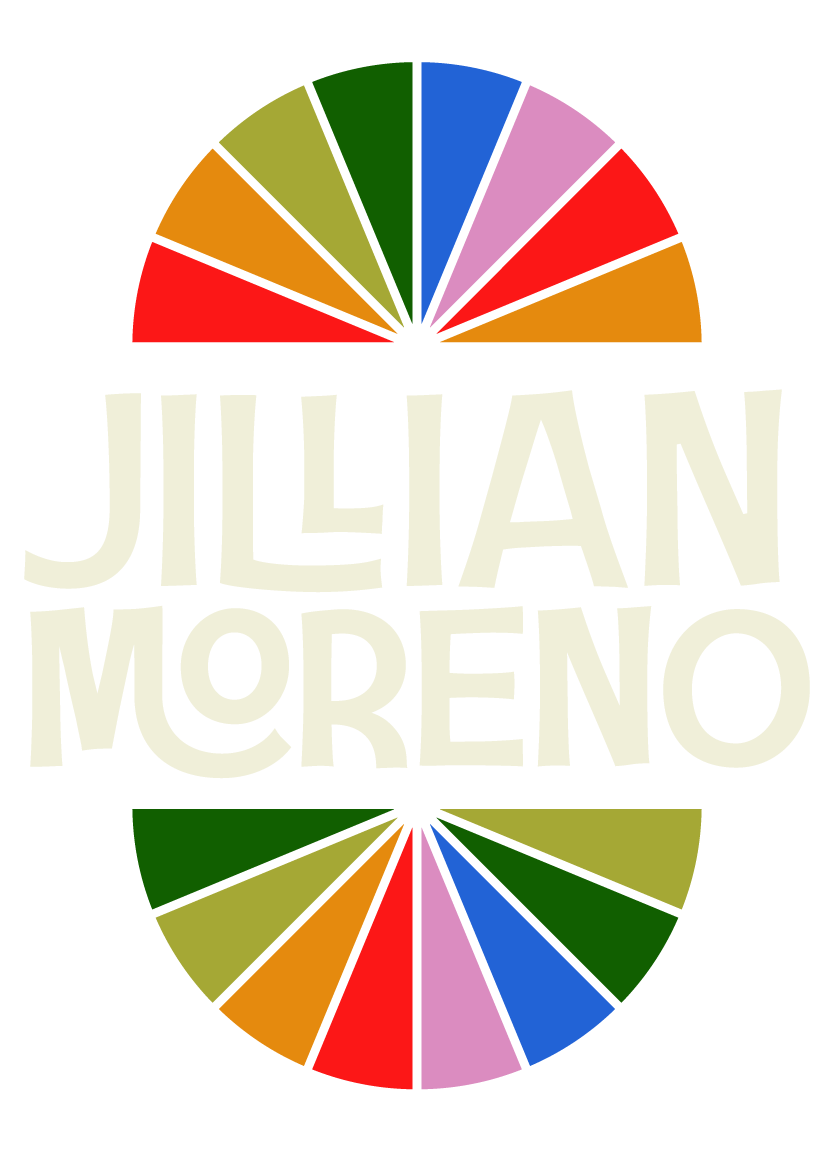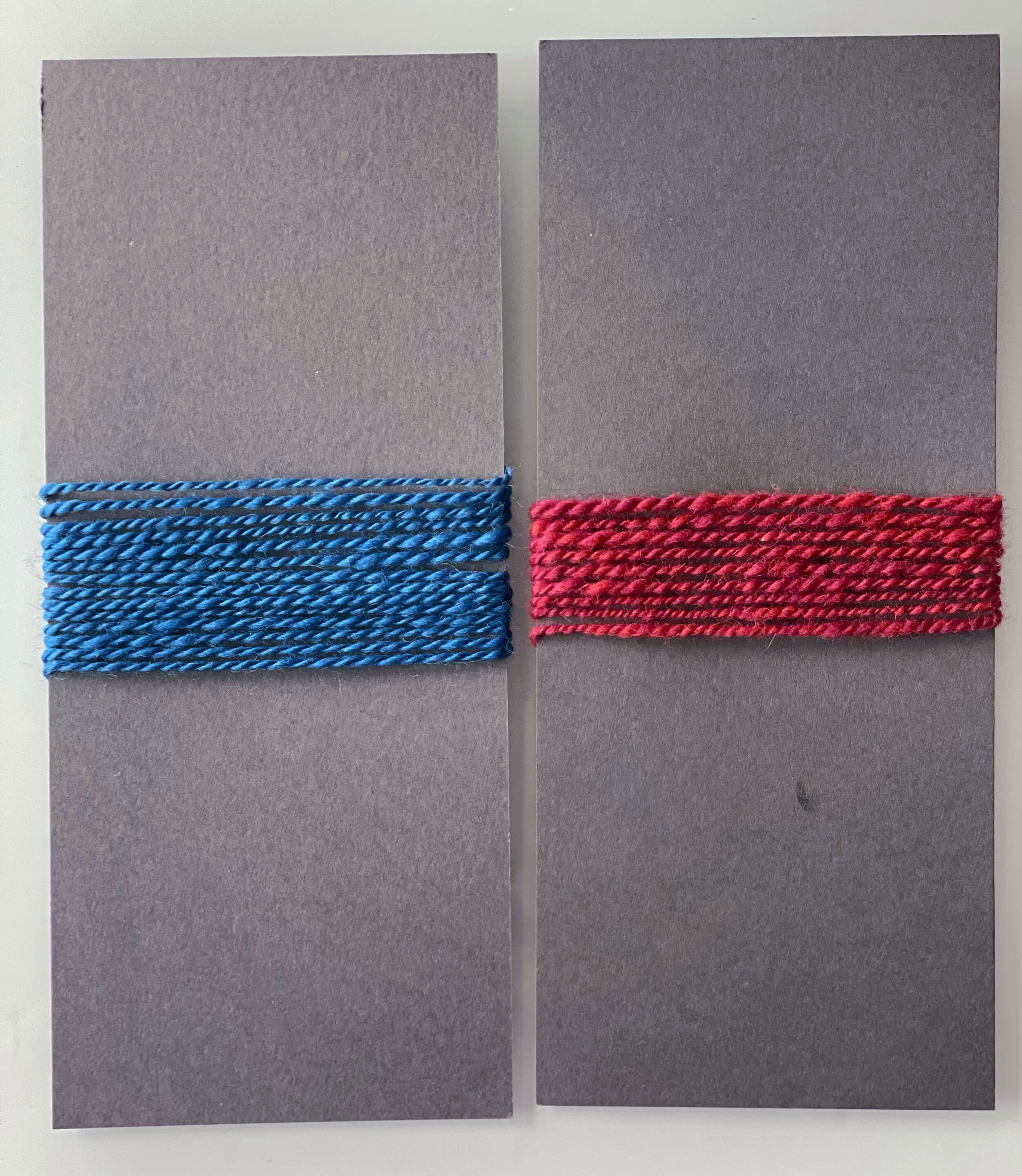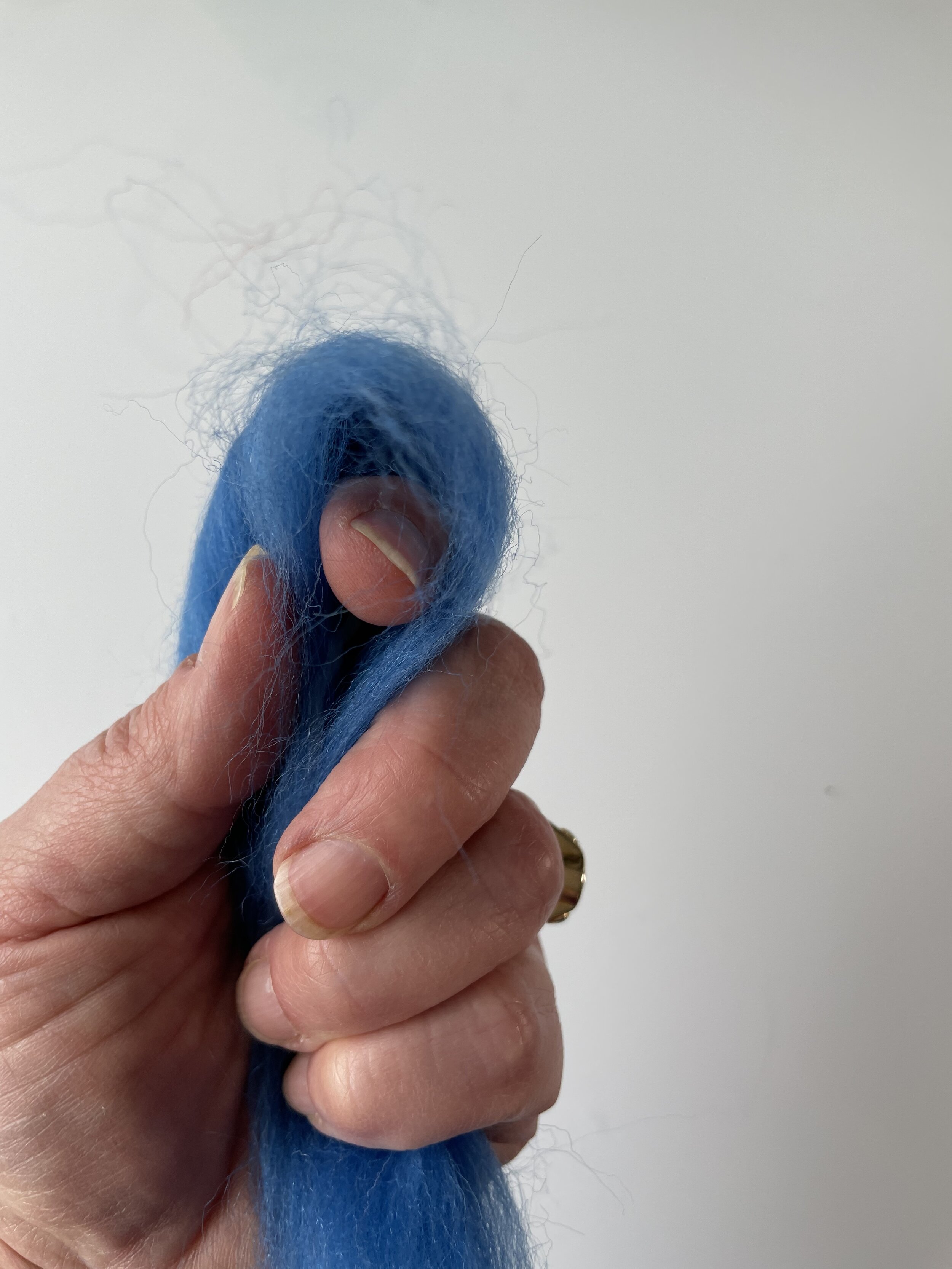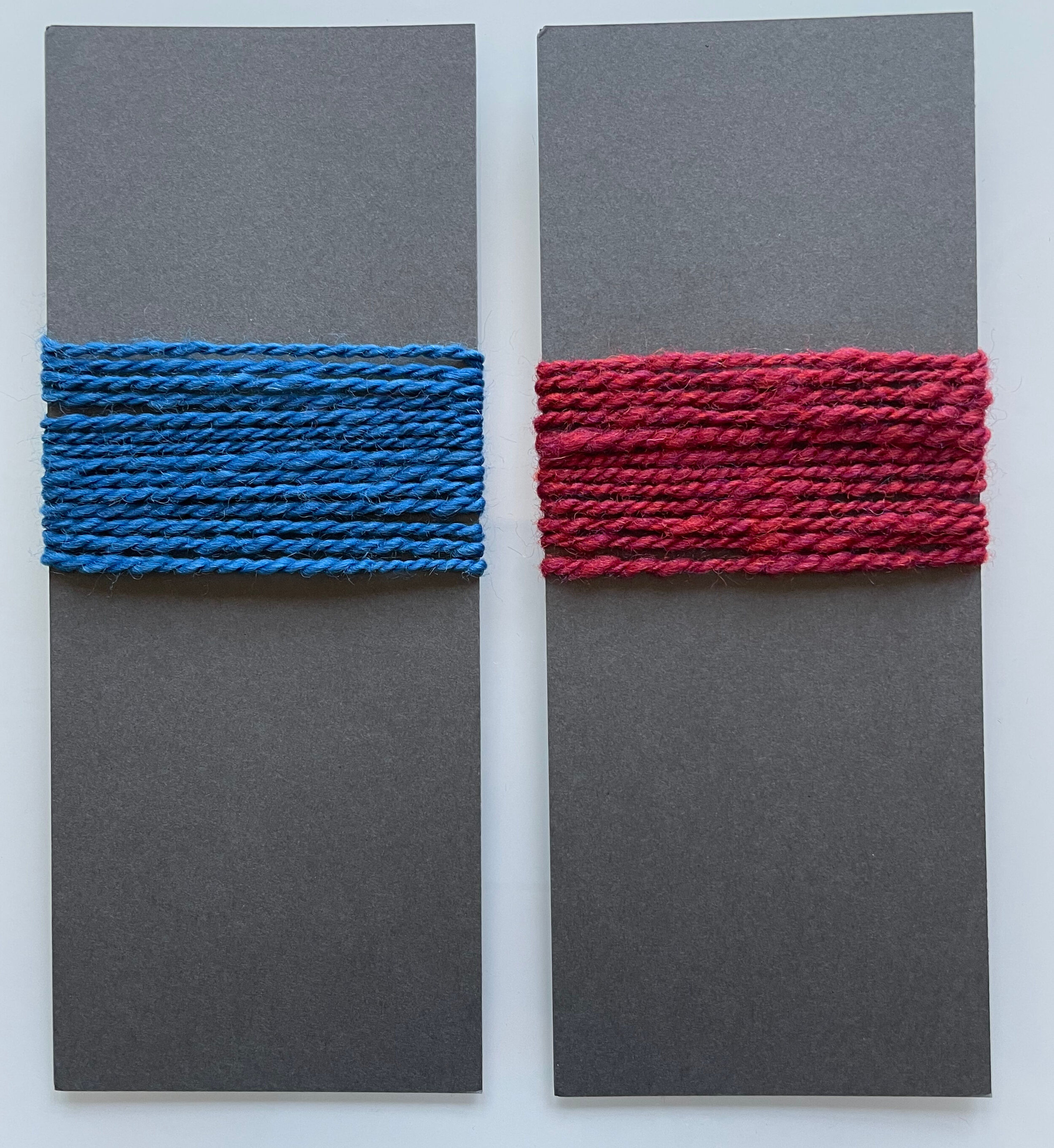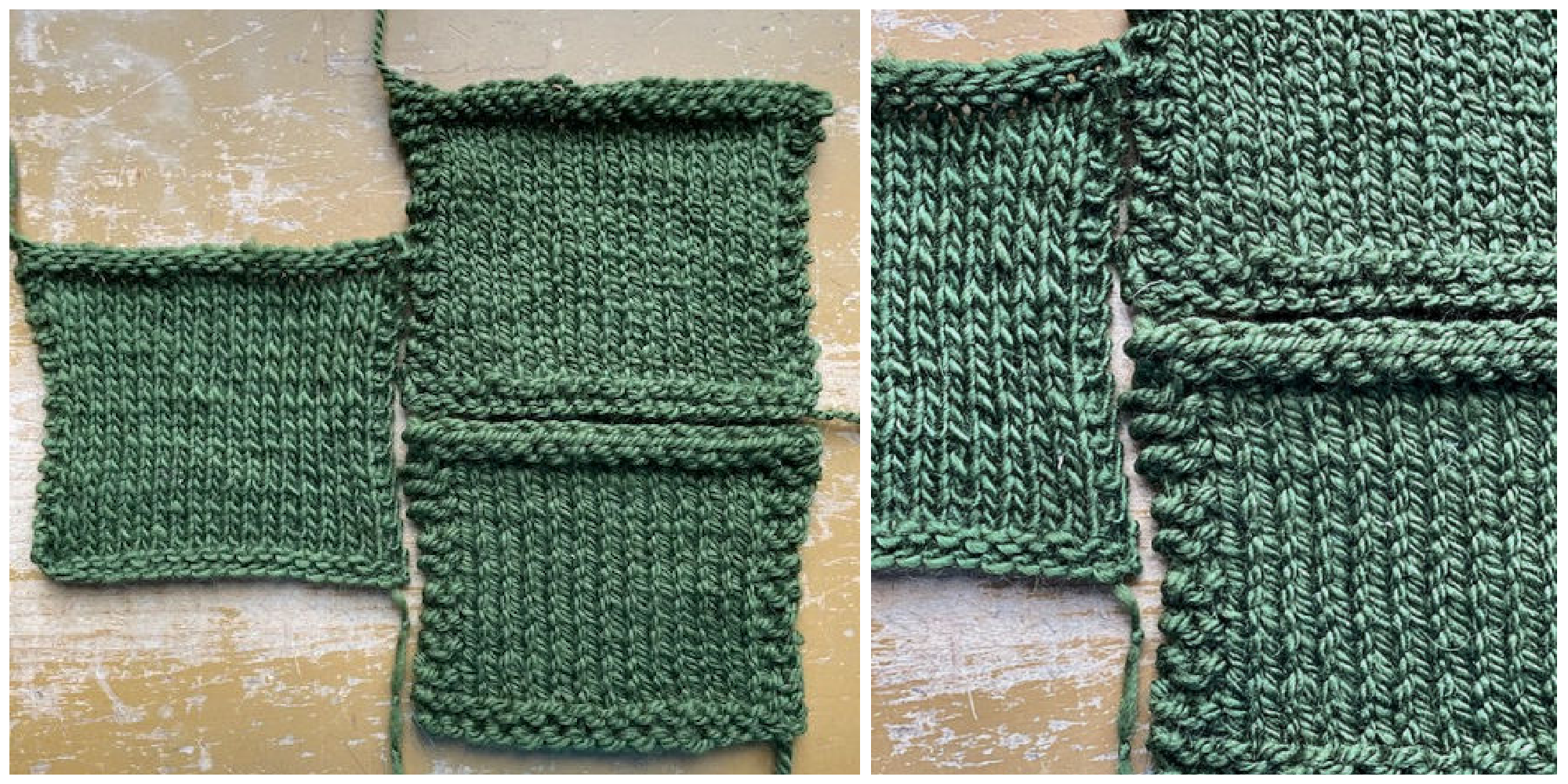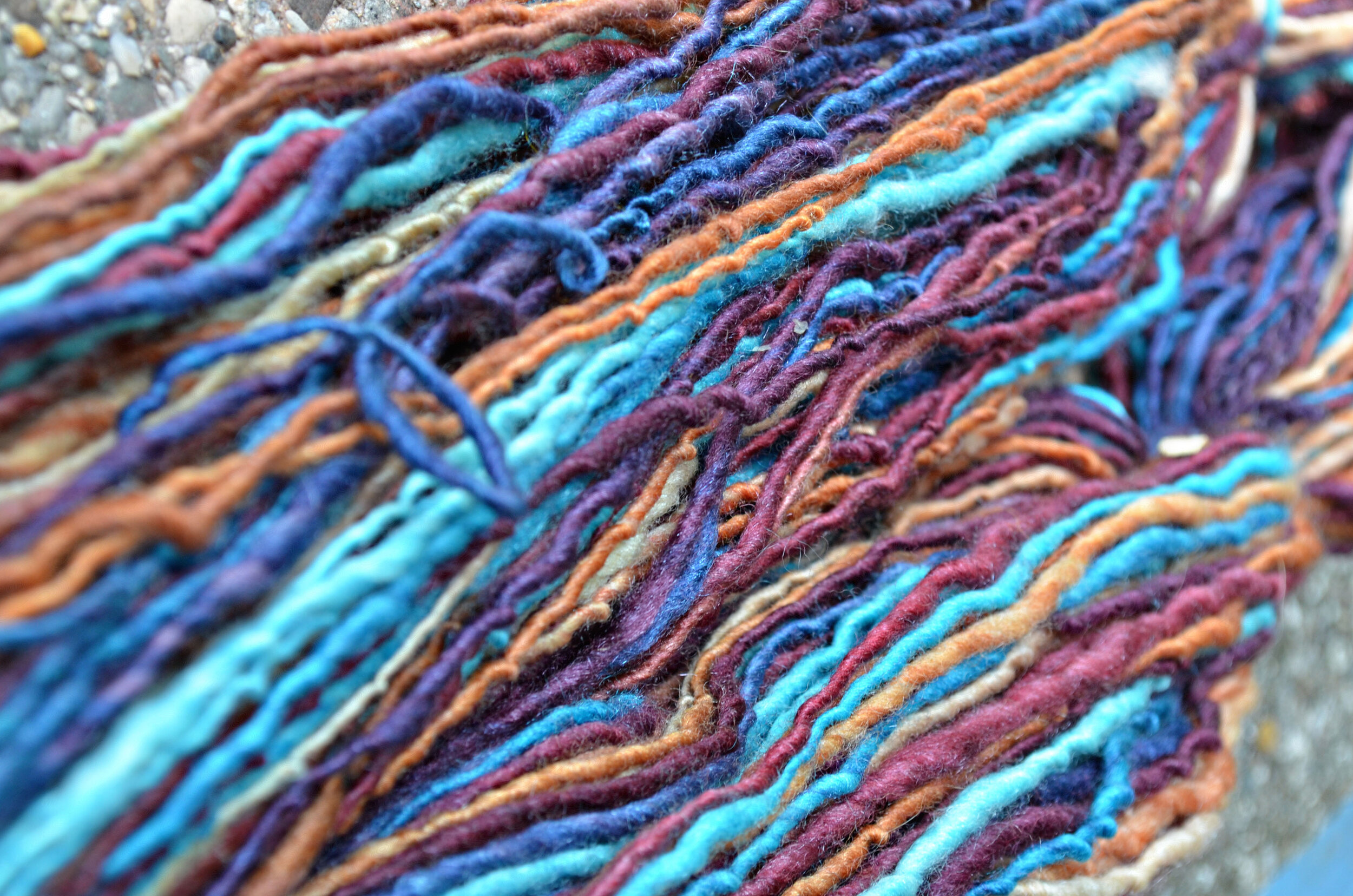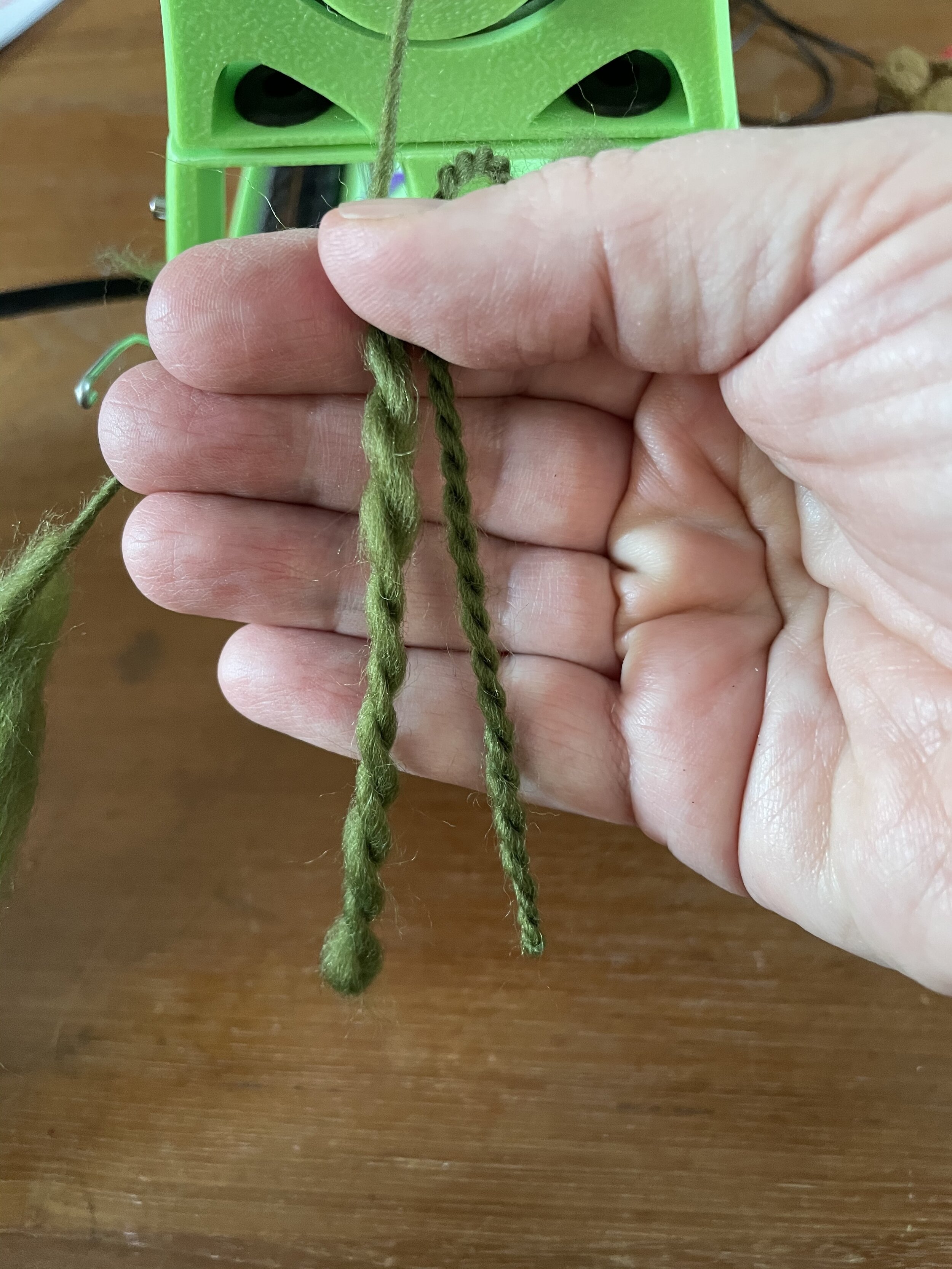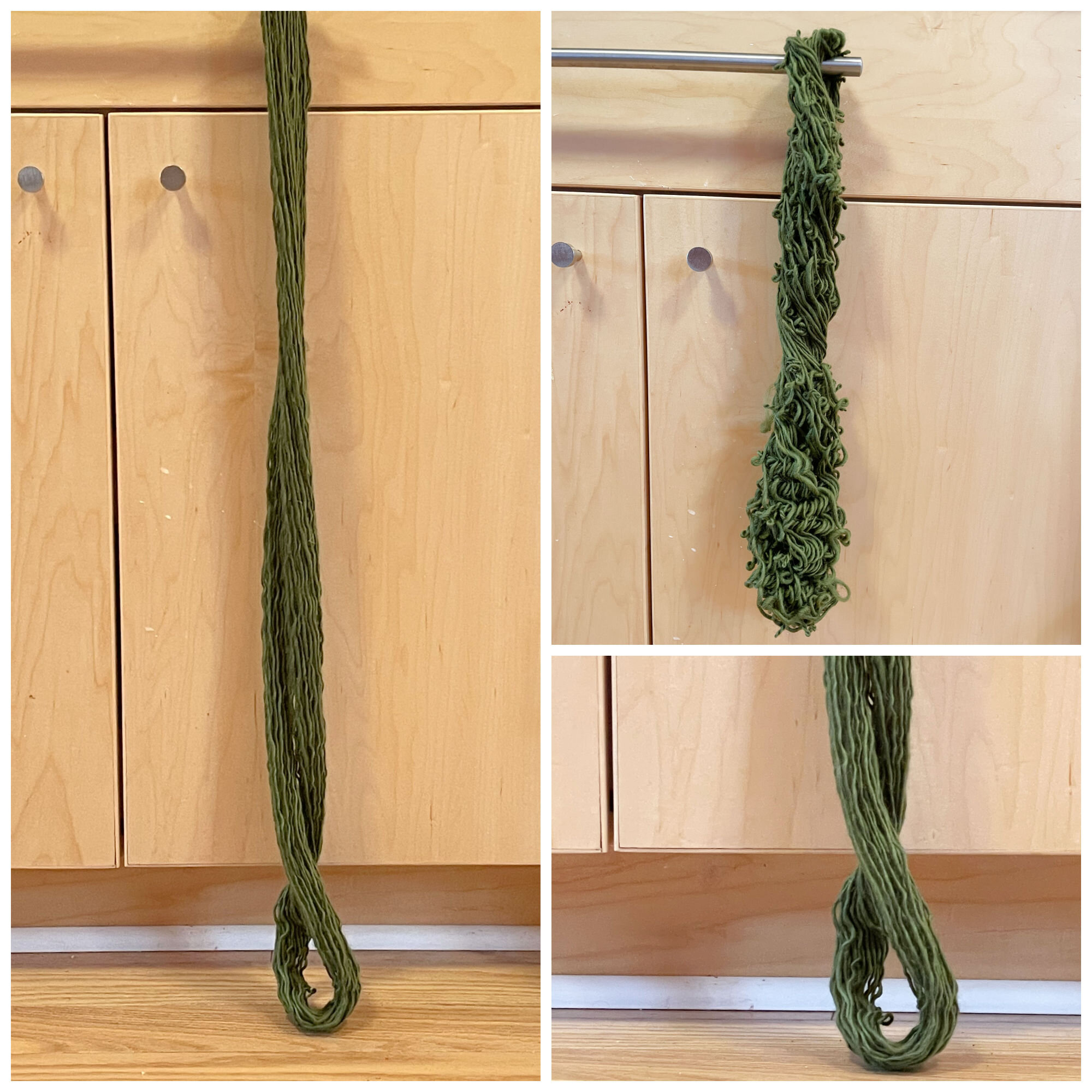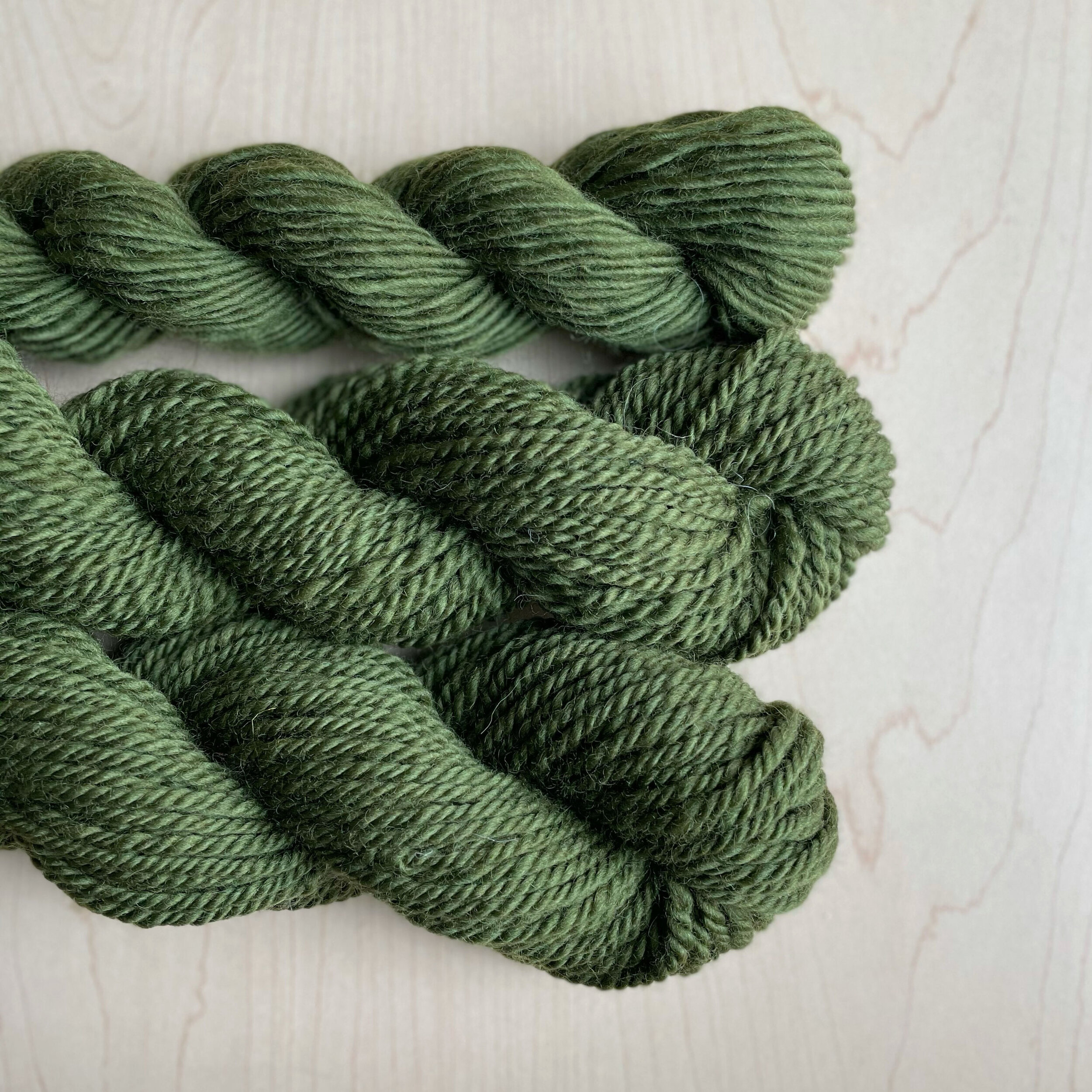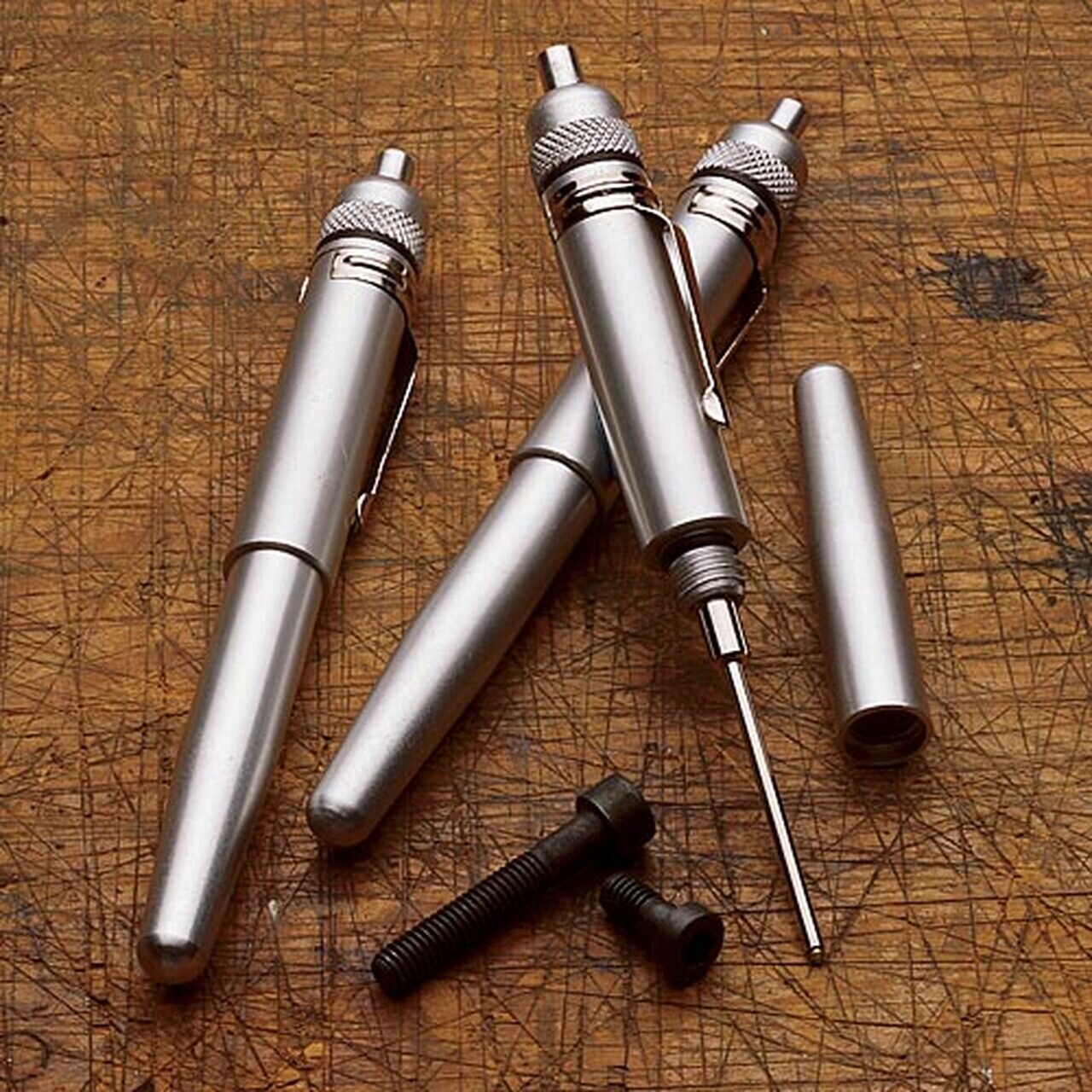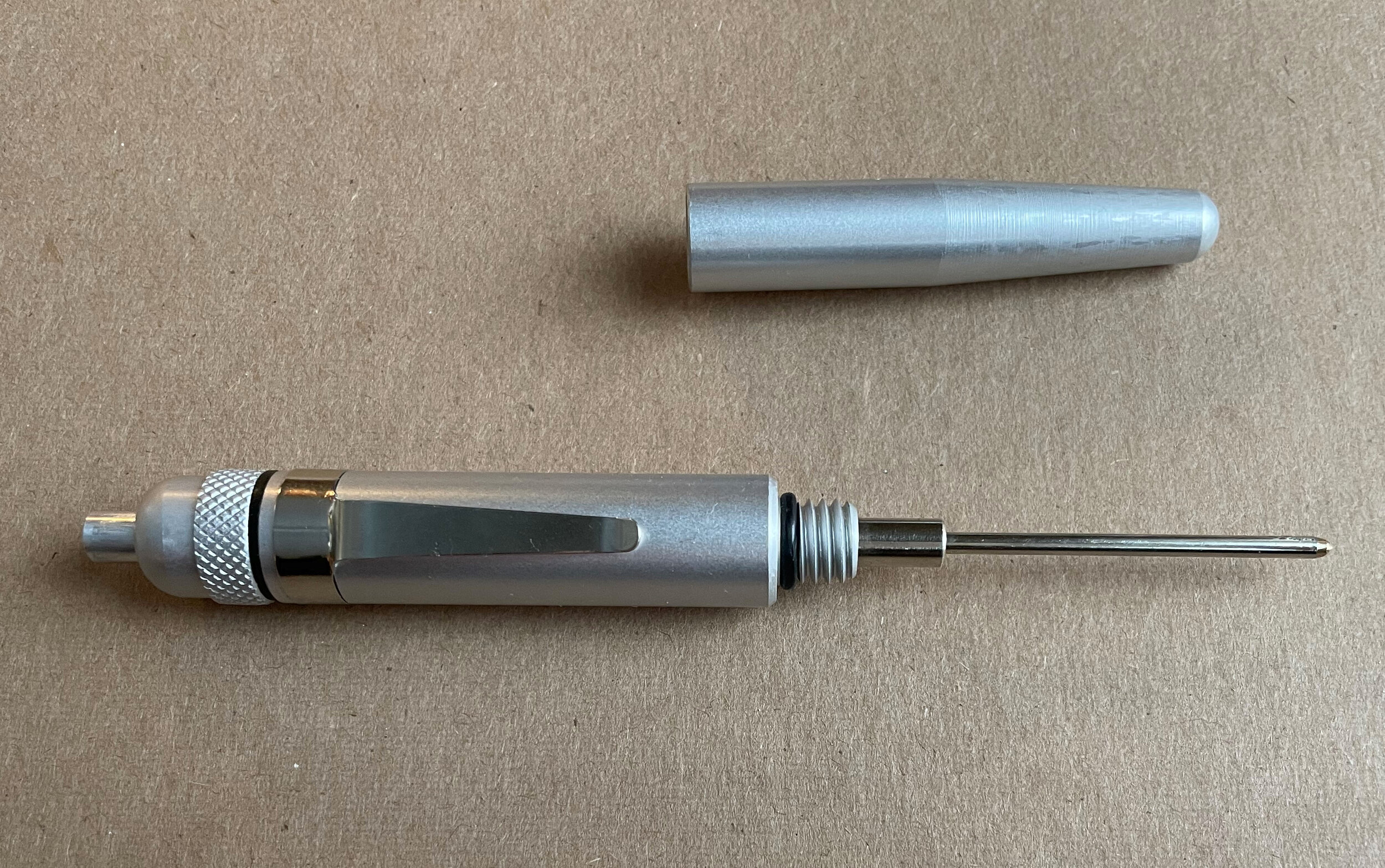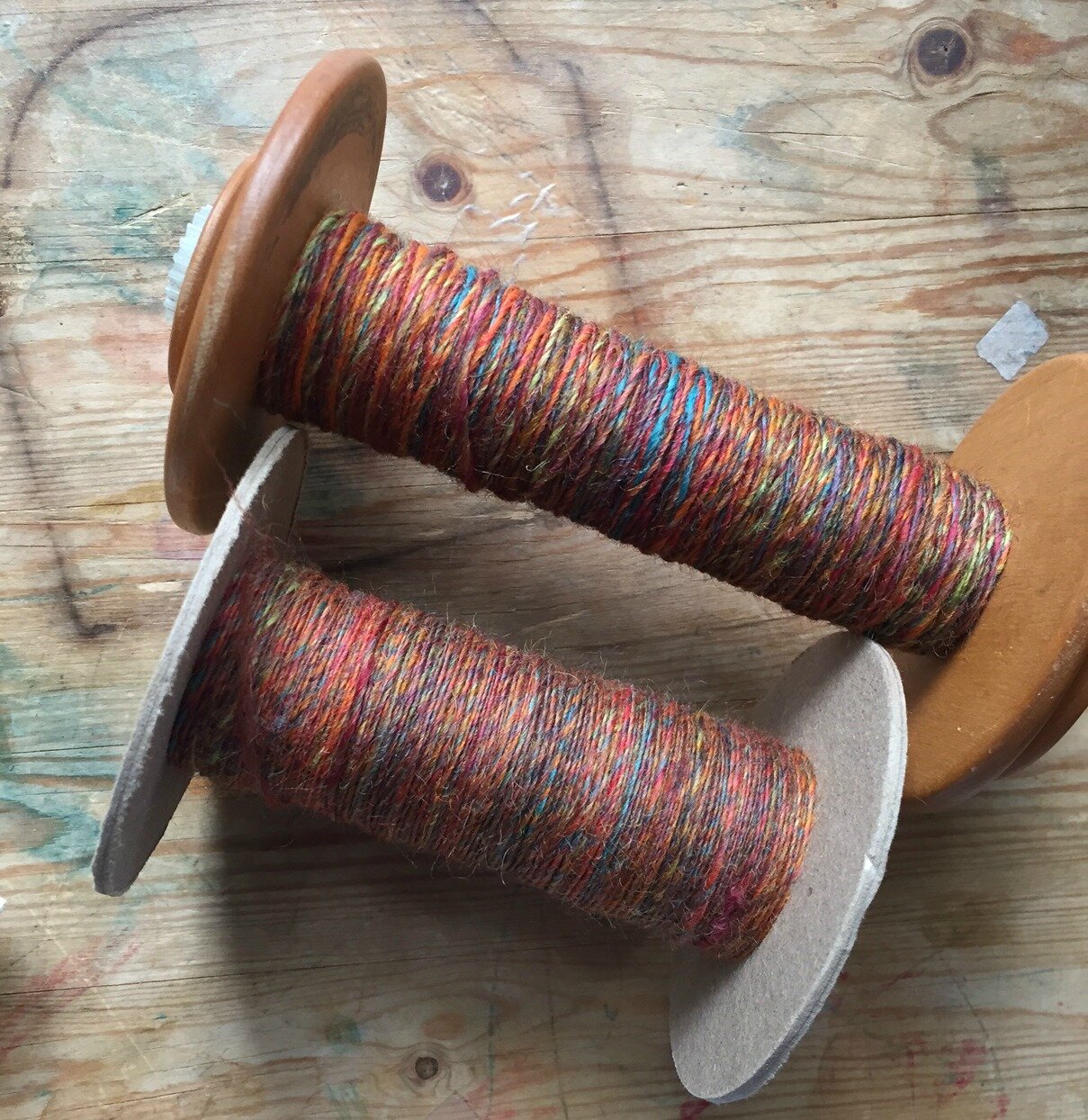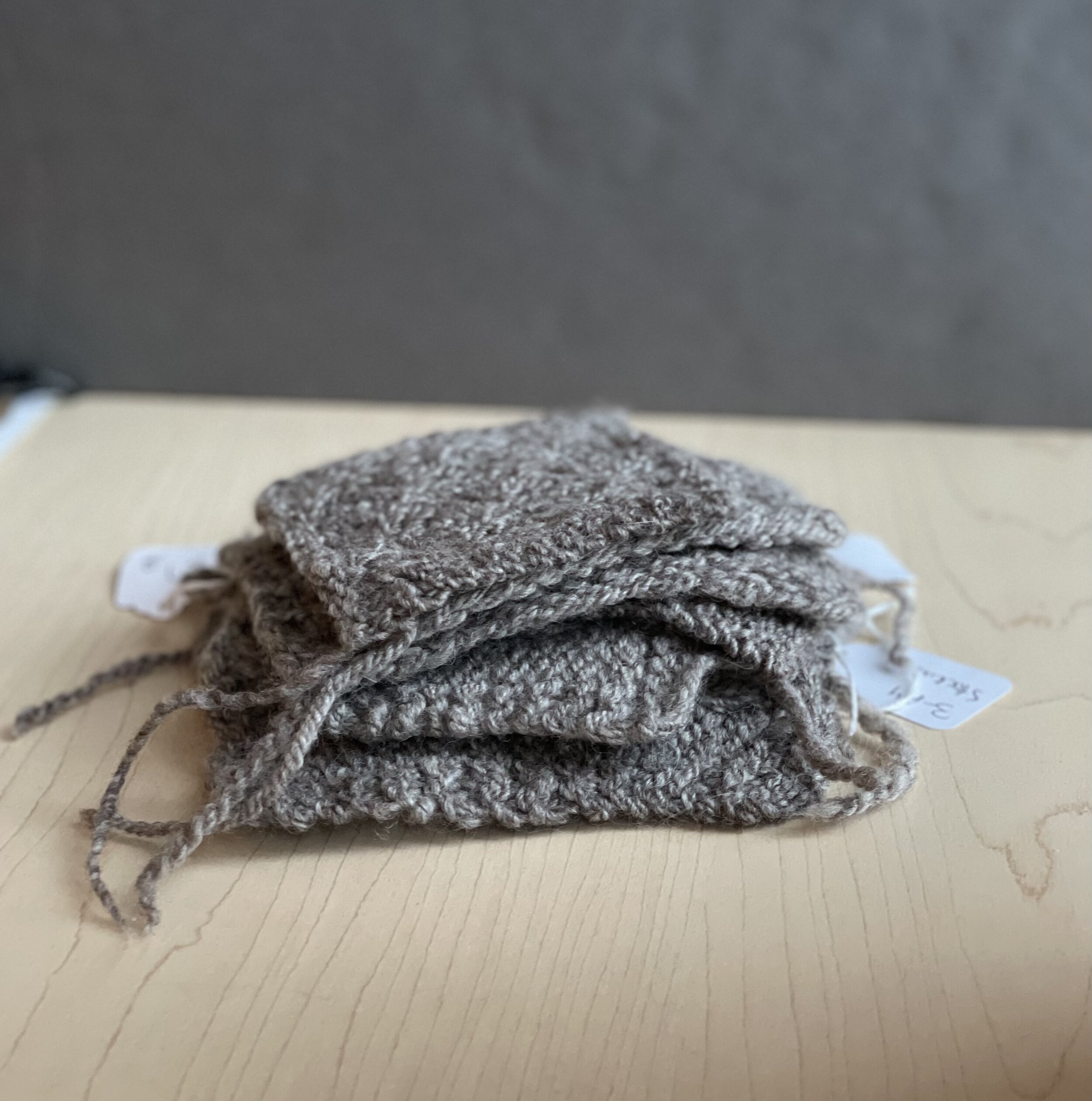I posted a photo on Instagram of new-to-me Anchor embroidery floss that comes on spools like sewing thread.
I got a comment about single use plastic. It's true! Thank you to the person who commented. These are made to be tossed, more plastic in the world.
What I didn't say in the post was one of the reasons I'm excited is to reuse the spools after they are empty for other threads and things.
I don't do well with the flat cardboard cards, they tend to unravel for me unless I pack them tightly together in a box.
Here's what I'll use these empty spools for:
I like to blend colors for stitching, one or two strands of one color and one or two of another or one each of three colors.
In the past I've done done the combining a little at a time. With the spool I'll be able to do put together longer or multiple 18" lengths all wrapped onto the spool, more continuous stitching time.
I do the same type of combining with textures, matte and sparkly, matte and shiny, silk and matte. It gives such interesting quality of line.
Of course, I'm spinning my own threads to stitch with. I have a stash of bombyx silk and a [Jeri Brock spindle][1] that I'm working with.
Have you seen the difference between woolen and worsted spun wool in stitching?
I'll also use the spools to store rubber bands instead of letting them wander loose in my spinning and knitting tool bags.
I may not buy more of these embroidery spools, but I will reuse the ones I have when they are empty.
Clearly I have taken a swan dive into the world of stitching. I know I'm not the only one. [1]: https://jeribrockwoodworks.com
